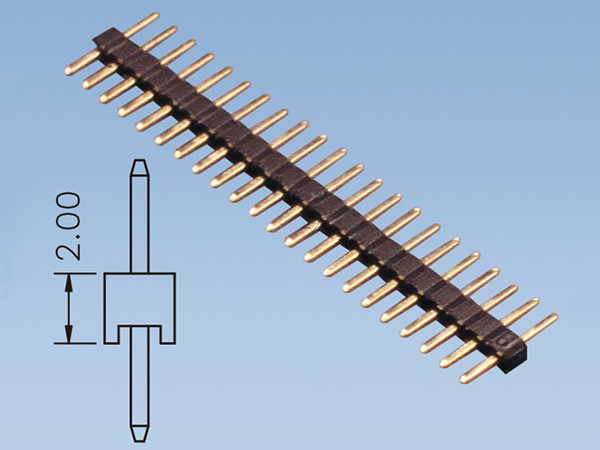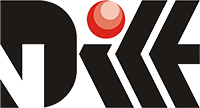
Connectors Product design content includes overall structure design, parts structure and material selection, stamping parts plating method, assembly process, product foolproof structure in packaging materials, etc. The main structural design of the connector is the design of the terminal. A suitable terminal structure is designed between the two points to be connected, and then the plastic is designed to reliably connect all other parts. Choose iron feet or shell design to make it more reasonable connection with plastic. The final product design of the connector must pay attention to the shift of the center of gravity, the connector rocker, the position of the SMT suction nozzle, and the pad size design.
Terminal design: Common terminal designs include contact area, cantilever, barb, solder feet, strip and plating design. Contact site design, general contact methods are face, line, point three contact methods. The point contact method is the most reliable. In order to ensure contact reliability, mobile phone connectors are bumped at the terminal contact area. In addition, it is also necessary to select a suitable bending radius in the contact area. The smaller the bending radius, the more likely it is to cause cracks. In addition, the contact area of the terminal must not have burrs to avoid affecting the contact reliability with the connected device.
Terminal spring wall structure design: pay attention to forward force, permanent deformation, friction force, insertion force
Positive edge of terminal: F = W width E elastic coefficient b depression amount h ^ 3 thickness cube / 4L ^ 3 length cube
Permanent deformation: 6F forward force L wall length / W width H ^ 2 thickness square

Friction formula: Fi (max) = Fn (max) [(sinα + μcosα) / (cosα-μsinα)]. According to the stress-strain relationship of the material, the relationship between the stress of the terminal and the yield strength determines the size of the permanent deformation. When the maximum stress is less than or equal to the yield strength, there is no permanent deformation; when the maximum stress is greater than the yield strength, it will appear Permanent deformation. Barbed structure design includes pre-insertion, barb, tail section
Pre-insertion: The function of the segment is to preliminarily fix the terminal in the plastic when the terminal is assembled into plastic and wait for deep pressure. If it is too short, it will cause a high process defect rate.
Barb: Provide the holding force of the terminal in the plastic to ensure that the terminal and the plastic do not separate during normal use of the product. Depending on the actual application of the product, the choice of holding force is also different. Affect the magnitude of the holding force in addition to the interference size and the area of the straight line segment of the interference size. It also affects the size of the plastic surface.
 Contact: Ms Zhao +86-13650012366
Contact: Ms Zhao +86-13650012366
 Contact: Mr Li +86-13926843468
Contact: Mr Li +86-13926843468
 E-mail: sales@dniceconn.com
E-mail: sales@dniceconn.com
 E-mail: rubyzhao163@163.com
E-mail: rubyzhao163@163.com
 Add: No.2,Yuan Fu road, Yuan Jiang Yuan village, Chang
Add: No.2,Yuan Fu road, Yuan Jiang Yuan village, Chang
 Public account
Public account Add WeChat
Add WeChat Mobile site
Mobile site Mini Program
Mini Program